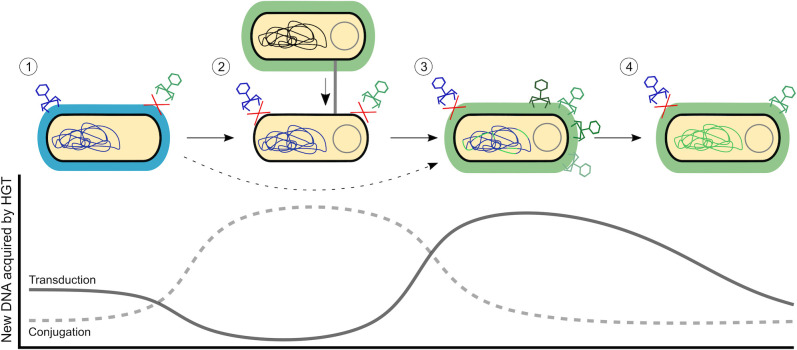Fig 1. Capsule trading boosts the acquisition of new mobile DNA.
The bacterial capsule impacts the horizontal acquisition of novel genetic elements in K. pneumoniae. (1) Phages are able to transfer DNA between bacteria belonging to the same capsular type (capsule is indicated by blue shading surrounding the bacterium). Capsule inactivation (1→2) leads to resistance to phage infection but increases permissiveness to plasmid reception through conjugation. Conjugative plasmids can promote capsule reacquisition (2→3) or direct swap (1→3; dashed arrow), which can lead to a new capsular type (new capsule is indicated by green shading surrounding the bacterium). Then, new capsule type-specific phages will transfer DNA to the bacterium. The amount of novel DNA transduced by the phages will decay over time (1 and 4), since most DNA exchanges would occur among genetically similar organisms. The lower part of the figure represents a conceptual representation of bacterial access to new horizontally acquired genes through the complete process. Plasmids represent an important source of new genes, while phage-mediated access to novel DNA will be particularly important after changing capsular types, when the bacterium have access to novel phages that bring more diverse DNA (from more phylogenetically distant bacteria). HGT, horizontal gene transfer.

